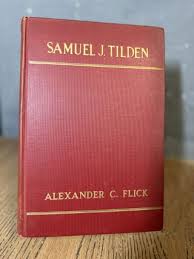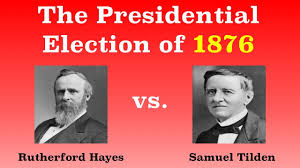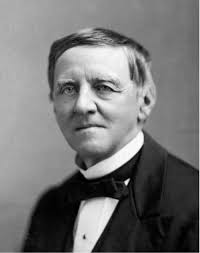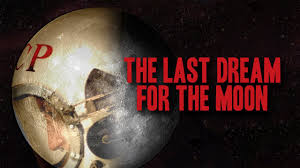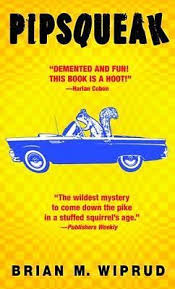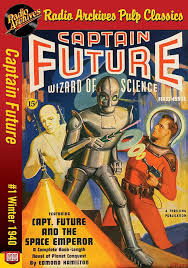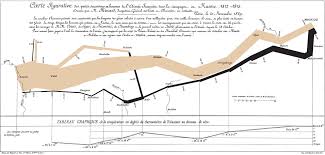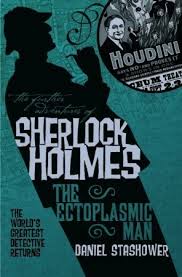Late in the Republic Plato outlines the decay of democracy into autocracy. The details are supplied in a number of lesser works. Of course the sage of Baltimore did the same much more succinctly and colourfully.
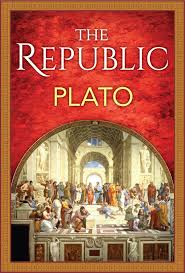

Jack London, The Iron Heel (1908).
Good Reads meta-data is 155 pages rated 3.77 by 11,866 litizens.
Genre: Fiction; Prophecy, Documentary.
DNA: USA
Verdict: Hamer blows!
Tagline: It happened.
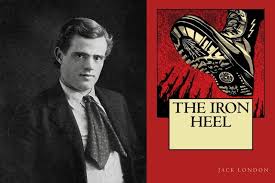
After centuries of rule by Iron Heeled oligarchs the socialist revolution triumphs in 2600 AD and unearths it own past in previous, failed revolutions of earlier times. The protagonist in those early effort was Avis, a woman born to privilege, who becomes aware of the terrible conditions of the working class through a committed revolutionary husband.
She sees through the free market rhetoric of the kleptocracy, and joins the doomed cause. Proselytise though he does, Jack London also had a sharpe sense of humour as when he portray William Randolph Hearst as a socialist!
The prose has the sledgehammer subtlety of Fox news and the characters are all cardboard for the preaching of the author, like Fox news. But there is also energy and conviction on the page, too. The story goes from 1913 to 1932. For an update read more below.
It has much contemporary resonance with the censorship of universities, stripping of opponents of citizenship, rounding up anyone and everyone for confinement behind wire in Florida, the complete corruption of the judiciary into hirelings…. Well, just watch the news tonight for further examples.
It generated two Russian films 1919 and 1999 and stage adaptation was done in 2016.
Sinclair Lewis, It Can’t Happen Here (1935)
Good Reads meta-data is 400 pages rated 3.80 by 22,537.
Genre: Fiction; Prophecy, Documentary.
DNA: USA
Verdict: Grim but boring.
Tagline: Ripped from today’s headlines!

Mirroring Hitler, Buzz rises to power in the USA; his Boswell logs his course. Once installed President Buzz disregards Congress and the Supreme Court and charges ahead, imprisoning critics, disappearing opponents, and loosening a masked Praetorian Guard on real and imagined enemies, as well as harmless bystanders to meet corporate KPIs of body count. Those who do not support Prez Buzz are threatened into compliance by these heavily armed, masked men who patrol voting sites in the states to make sure only Buzzards get in.
The army is set on the civilian population, while Mexico is invaded, perhaps to change the name of Gulf of Mexico. The press is censored, and brought to heel with threats, intimidation, and violence. The free market kleptocrats rule. Only Fox newspapers and radio stations are permitted and they sing the praises of the Buzz on the hour. Two minute hate session are deemed inadequate to encompass all the enemies.
Lewis’s exposition lacks the energy of London’s but it shares the bellicose urgency. Huey Long provided the model of Buzz, as Lewis declared at the time. See my previous posts on this creature of the bayou.
Lewis himself collaborated on a stage version of the novel. A film based on the stage play was bruited in 1935 but did not proceed, because the script was judged ‘too anti-fascist’ to sell in fascist markets. Ah, the free market! Available at a price but only for a price.

Might add to this pair Philip Roth’s The Plot Against America (2004) with RFK re-parenting work camps for those who lack enthusiasm for the fascist supremo Charles Lindberg, the regime’s badgering of the media into silence, the murder of critics of the maximum leader, the administration’s support for the resurgence of the masked Ku Klux Klan, and…. Like the author’s other books, this one is mostly about himself, a subject of endless fascination … to him.
For further details check the latest news from Yankeeland.





